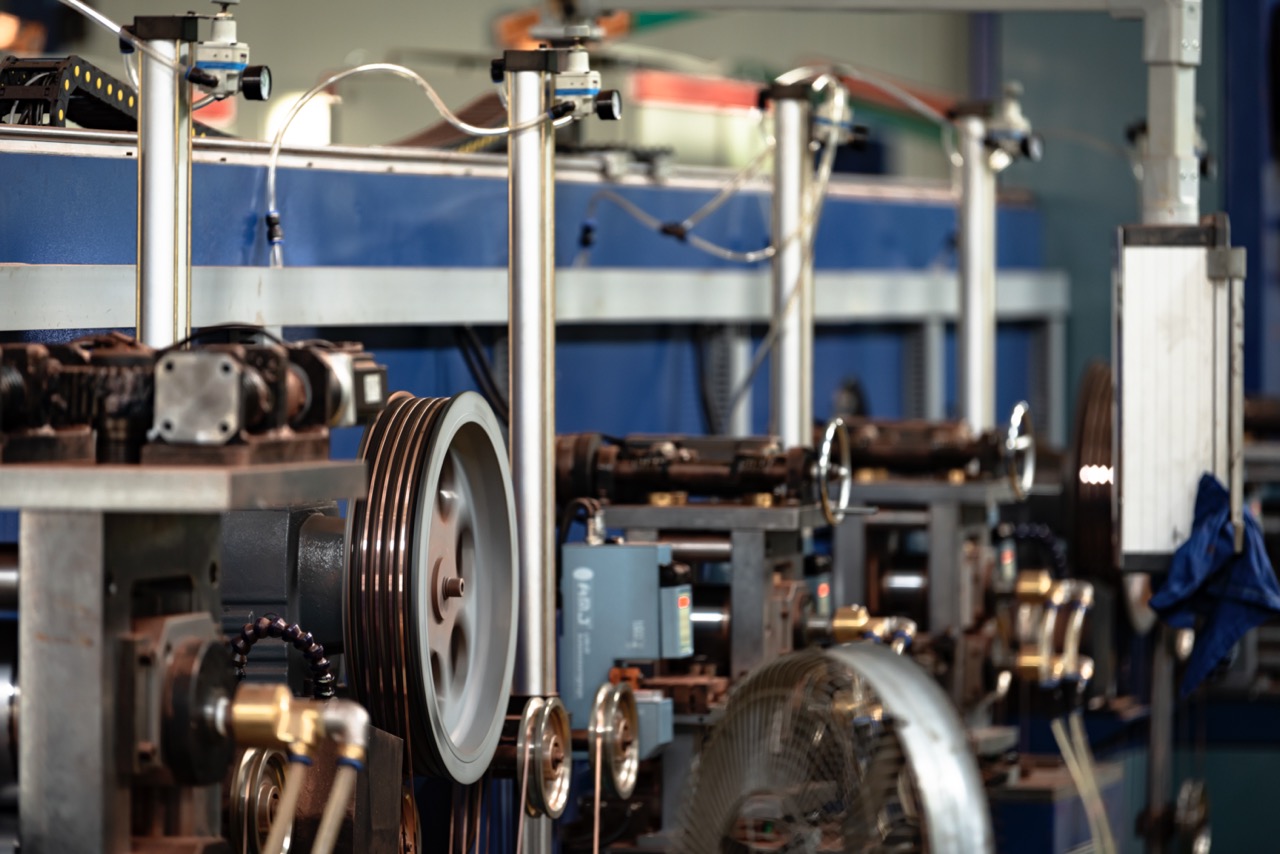Multilayer composite copper tape (CCA tape) asPhotovoltaic welding ribbonIt is a popular material in the fields of power cables, electronic components, etc., and has gradually replaced some traditional pure copper strips and become the preferred material in the photovoltaic industry due to its significant advantages in material cost, production and processing, transportation and installation, maintenance and replacement.
??Reduced raw material cost: Save 20%-30%
Material composition of copper clad aluminum strip
Copper clad aluminum strip uses aluminum core as the base material, and is coated with a layer of high-purity copper on the outside, which is compounded through rolling, annealing, tinning and other processes.
Aluminum is much cheaper than copper:
The price of copper is ~¥75,000/ton (based on current market price)
The price of aluminum is ~¥20,000/ton
Cost comparison: The price of aluminum is about 1/3-1/4 of copper. Under the same conductivity requirements, the use of aluminum core can greatly reduce material costs.
??Composite belt material cost analysis
In the case of the same length of welding ribbon:
Cost of 1 ton of pure copper welding strip: ~¥80,000
Cost of 1 ton of copper clad aluminum welding strip: ~¥55,000-¥60,000
Cost saving per ton: Save 20%-30% of material cost compared with pure copper strip
??Reduced transportation and installation costs: Save 40%-50%
Reduced weight means lower shipping costs
The density of aluminum is only 1/3 of that of copper. Under the same weight, the length of copper-clad aluminum strip is about 2.5 times that of pure copper strip.
In photovoltaic projects, transportation and installation costs are mainly affected by the weight of materials:
Copper belt is heavy and the transportation cost is high
Copper clad aluminum strip is light in weight, which greatly reduces transportation costs
Save transportation costs: weight is reduced by 40%-50%, and transportation costs are reduced by more than 40%
??Installation and construction advantages
Copper clad aluminum strip is light in weight and flexible, making installation easier and labor-saving
Longer product length reduces the number of tape changes and improves installation efficiency
Installation cost savings: labor and time costs are reduced by more than 30%
??Reduced unit length cost: Save 30%-40%
Increased length improves cost performance
Due to the lower density of aluminum, the length of copper-clad aluminum strip is about 2.5 times that of pure copper strip at the same weight.
Length advantage at the same weight:
1 ton pure copper strip length: 1,000 meters
1 ton copper clad aluminum strip length: ~2,500 meters
Cost saving: Under the same specifications and usage conditions, copper-clad aluminum strip can be used in longer lengths to meet the same needs, thereby reducing the unit length cost 30%-40%
??Reduced production and processing costs: Save 15%-20% energy consumption
Copper clad aluminum strip is easy to process and consumes less energy
Aluminum is softer, and has lower rolling resistance and annealing energy consumption during processing than pure copper strip.
Improved processing efficiency:
During rolling and annealing, the heat treatment time of copper-clad aluminum strip is short
Compared with pure copper strip, copper clad aluminum strip has faster production speed and reduces processing energy consumption by 15%-20%
Energy saving: The overall energy consumption of the production line is greatly reduced, and the processing cost is further reduced.
??Reduced maintenance and replacement costs: Save 30% maintenance costs
Extended lifespan, reduced replacement frequency
Tin plating on the surface of copper-clad aluminum strip can effectively prevent corrosion and improve anti-oxidation performance
After optimized rolling and annealing processes, the tensile strength and bending resistance of copper-clad aluminum strip are greatly improved, and it can maintain stable performance in harsh environments such as high temperature, high humidity, and large temperature difference between day and night.
Service life:Photovoltaic modulesThe service life of copper-clad aluminum strip reaches 10-15 years, which is longer than that of ordinary copper-clad aluminum strip.
Maintenance and replacement costs: Due to the extended life, the replacement frequency is greatly reduced, and the maintenance cost is reduced by more than 30%
??Reduced production line downtime rate: Improved production efficiency
More length, less downtime
Due to the longer length of copper-clad aluminum strip, fewer changes are required during the production process, thus reducing production line downtime and improving production line efficiency
Reduced downtime rate: production line operation stability improved by more than 20%
Improved production efficiency: Reduce the number of tape changes and increase overall production capacity
??Increased market competitiveness: Seize the market share of photovoltaic welding ribbon
Meeting the needs of large-scale photovoltaic projects
With the rapid development of the global photovoltaic market, photovoltaic companies are paying more and more attention to reducing costs and improving cost performance.
RaytronCopper clad aluminum strip has become the preferred welding strip material for many photovoltaic companies due to its excellent cost control and excellent electrical performance.
Market competitiveness: Provide more cost-effective solutions to seize a larger market share
Customer satisfaction: meet customers' demand for cost-effective solder strips and improve brand reputation
??Policy support and tax incentives: Enjoy the benefits of new energy policies
In line with the green manufacturing trend of the photovoltaic industry
The energy-saving and cost-reducing characteristics of copper-clad aluminum strips meet the requirements of the national photovoltaic industry's green manufacturing and carbon neutrality policies.
Enterprises that adopt new energy-saving materials can enjoy tax incentives, subsidy policies and other support
Tax incentives: Comply with energy-saving and consumption-reducing material policies and enjoy value-added tax refunds
Policy subsidies: New energy photovoltaic projects are given priority in policy support
